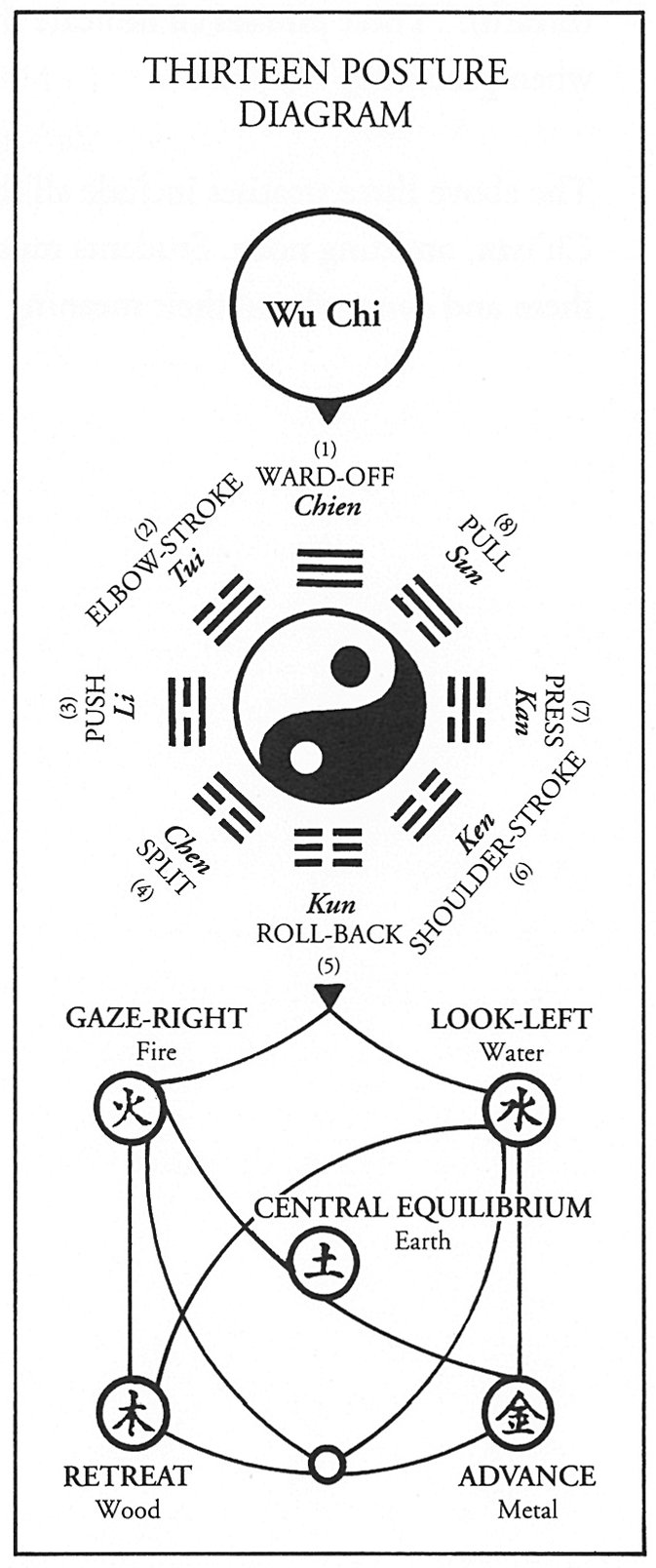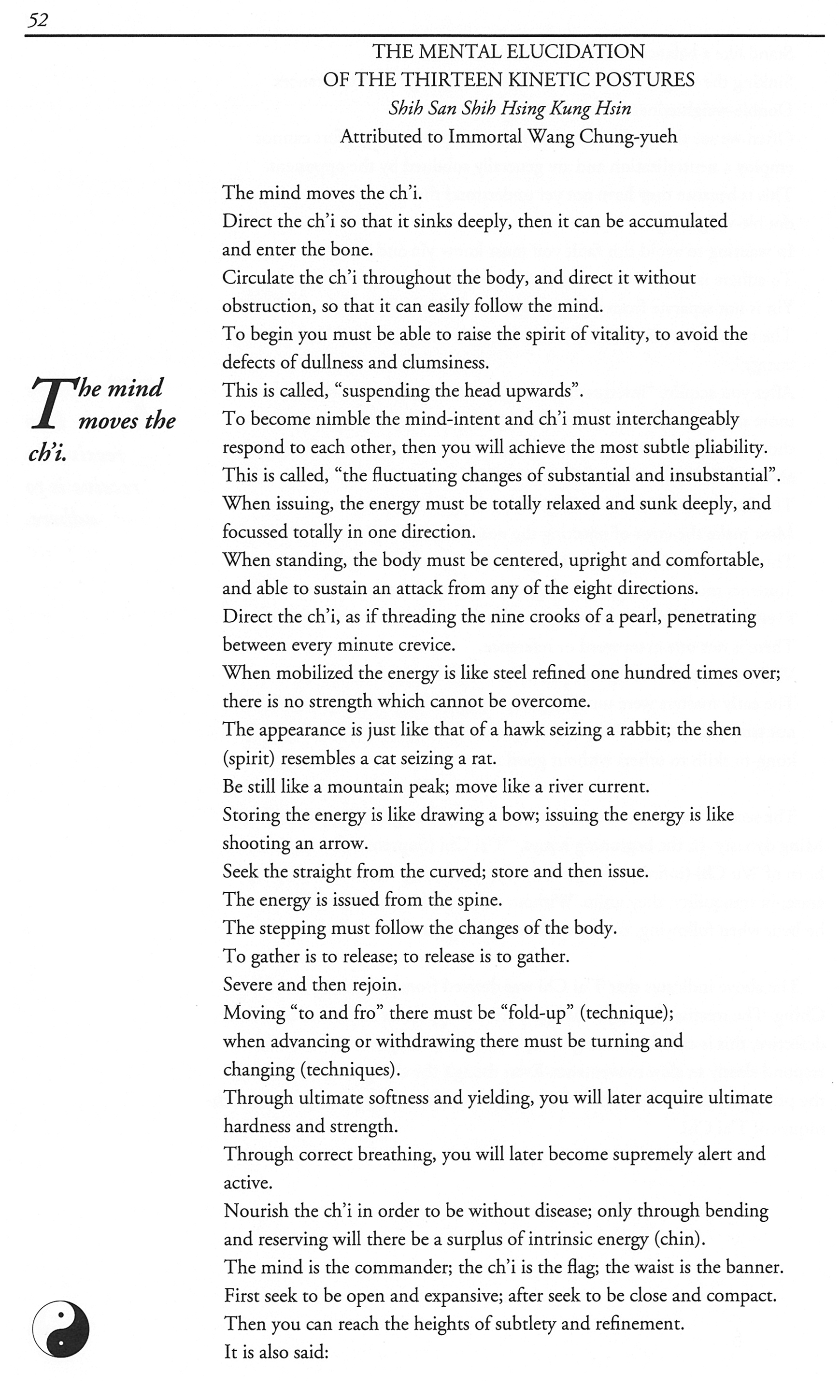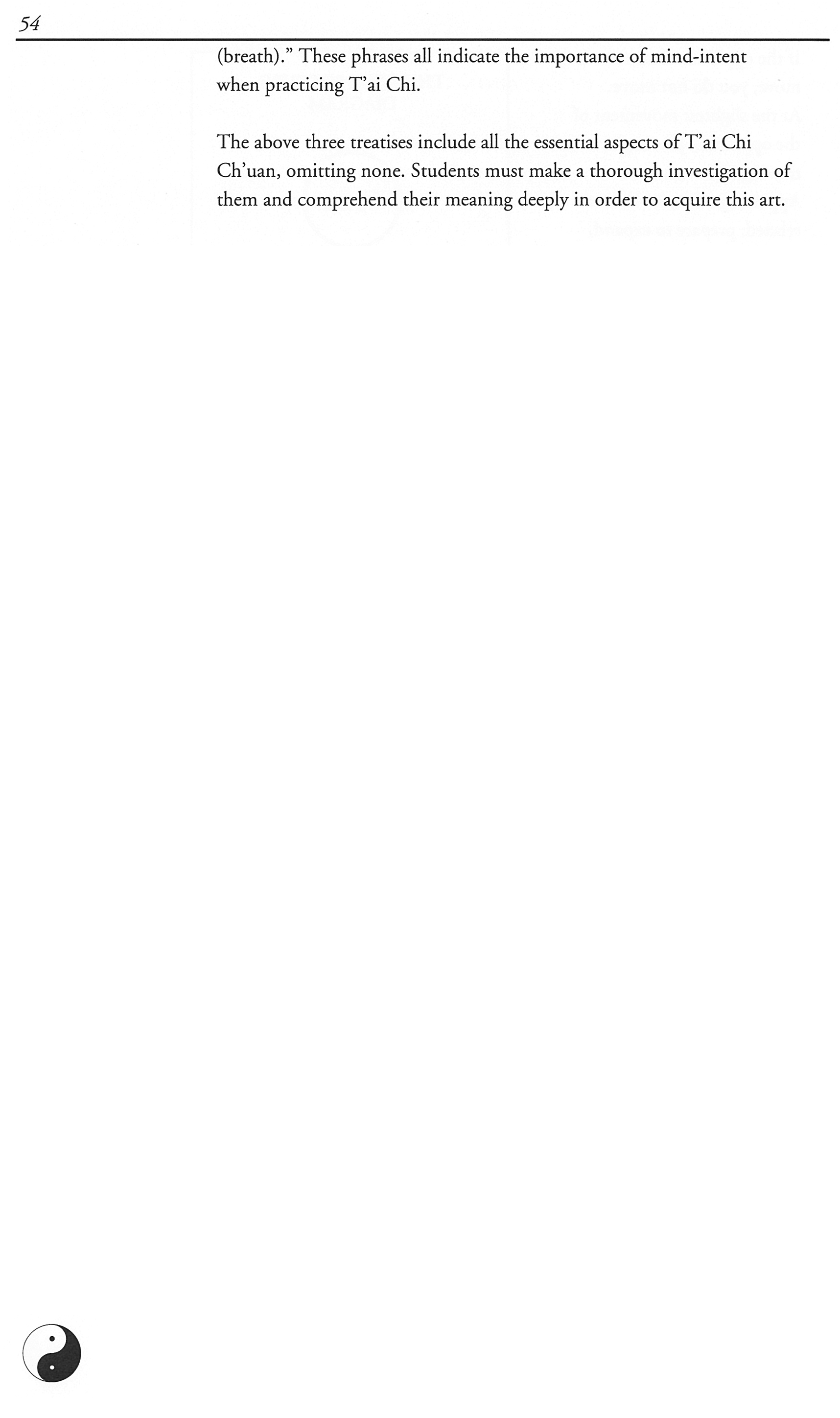Webinar on the classic Taijiquan text The Mental Elucidation of the Thirteen Kinetic Postures
Dec 20, 2022The text of the Mental Elucidation of the Thirteen Kinetic Postures first appeared approximately 300 years ago when a man called Wang Chongyue visited the Chen family and presented the text to Master Chen Wangting. Wang Chongyue was reportedly a student in the lineage of Zhang Sanfeng (the attributed creator of Taijiquan).
There is no clear answer as to who actually wrote the text or exactly when it was written, but it appears to have been written in the mid-Ching dynasty (1600s or 1700s).
The text became one of the three most important writings of Taijiquan, along with the Taijiquan Treatise and the Taijiquan Classic, both attributed to Zhang Sanfeng.
The importance of the text is seen in two areas of Taijiquan practice:
- It accentuates the necessary use of mind intent.
- It demonstrates how a practitioner should focus on the Spirit of Vitality, not on the Qi (breath).
The text also reveals several analogies used to illustrate the functions and purposes of the mind intent.
The illustration from the text shows a Taoist view of creation. From Wu Chi (the Void or Emptiness) comes Tai Ji (yin and yang), and from this separation comes the Eight Images (the trigrams associated with the Eight Postures of Taijiquan). From the Eight Images comes the Ten Thousand Things (all phenomena). The illustration reveals that this entire process functions through the Five Activities (or Elements). These Five Activities operate within each of the Eight Postures of Taijiquan, thus making them “kinetic.”

In Internal Alchemy this illustration is demonstrating the opposite of what Lao Zi mentioned, “From the one comes the two, from the two comes the three,” which shows the creation aspect of mortality.
Internally Alchemy views its process starting as the three (mortality) moving into the two (duality), and then to the One (singularity) and thus achieving immortality. It is from this that we can see how Taijiquan functions: Namely, from stillness (Wu Chi, the One) we move into Tai Ji (beginning movement, the Two), and then we can create all the movements (experience the movement of Qi, the Three).
This text emphasizes the utmost sensitivity and accuracy of the prerequisites of Taijiquan practice. The beginning states, “The mind-intent moves the Qi.”
Mind intent is a human perception that allows us to respond to things naturally and spontaneously. This is the leading principle of the entire treatise, because it is through mind intent that the Thirteen Postures can be applied kinetically, and the Qi can come forth.
The following excerpt of Stuart’s translation of The Mental Elucidation of the Thirteen Kinetic Postures comes from his book Imagination Becomes Reality (available as a PDF from Valley Spirit Arts).



Sign up for our mailing list!
Get monthly newsletters, updates, and Taoist cultivation resources delivered to your inbox.
We will never sell your information.

